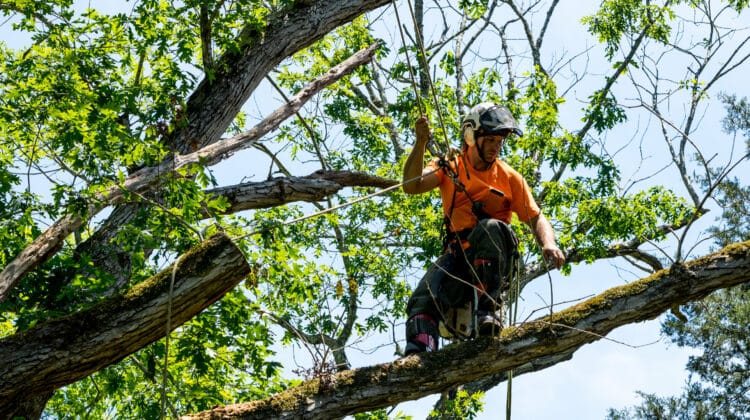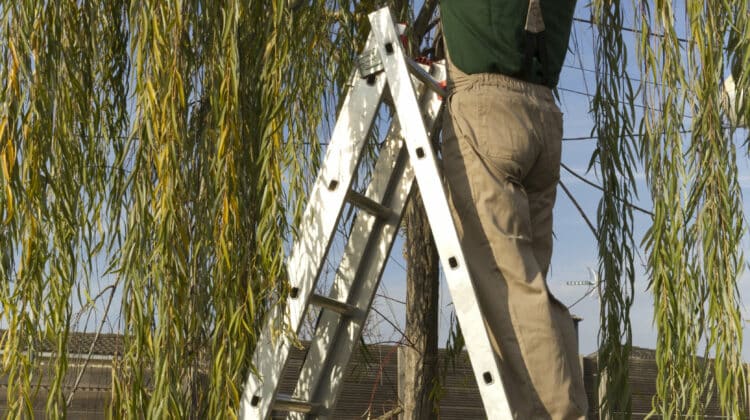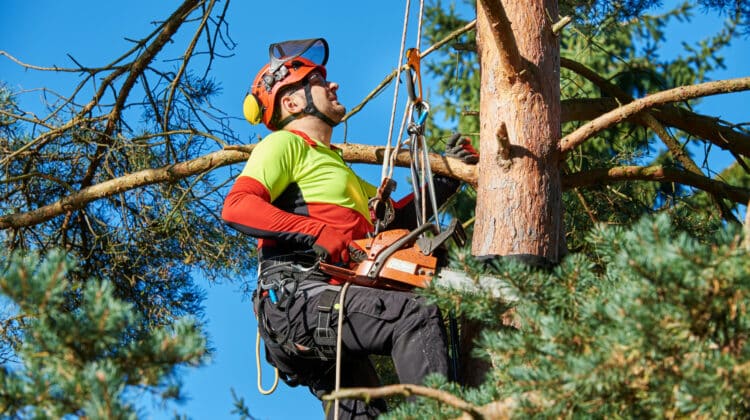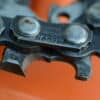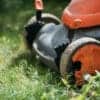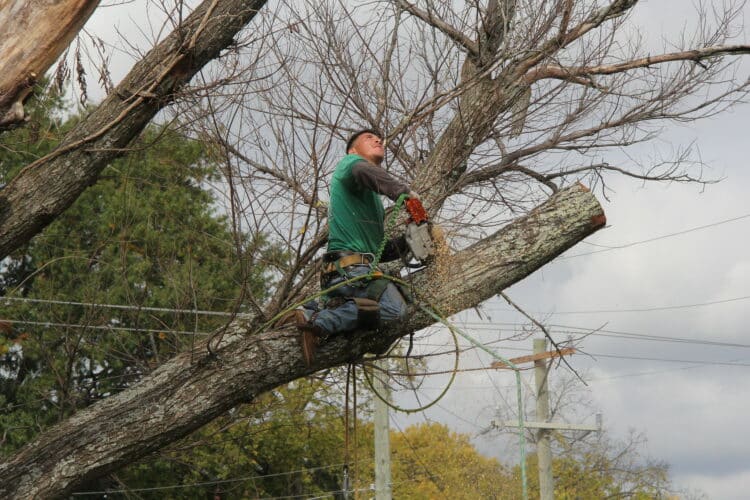
If you live in the suburbs, then there is a great chance that you have seen utility workers, high atop a crane, and sawing off tree limbs with a large saw. You are focused on the act itself, how that person is dexterously pruning the massive branches, and not looking scared at all at the seemingly dangerous task at hand. But the one thing that you may not be thinking is: “Is this the correct period of the year to do that?”
There is an unfounded myth that pruning trees can be done at any time of the year, and it would not be any different.
The truth is that there is a difference, but not that much.
There are particular times of the year that tree-pruning activities are better than other times. Also, knowing the reason for cutting them will be a great help in doing the task correctly.
Table of Contents
When is the Right Time for Pruning?
For evergreen and deciduous trees, you can technically cut back their growth at any time of the year. You may have to if you find some of their branches broken off or diseased.
Yet, there are particular times of the year that are best for the tree’s general health.
Sawing-Off Branches in Late Winter and Early Spring
In the wintry months, starting from February to the earliest of April is the most appropriate period for sawing off either evergreen or deciduous tree limbs.
The best time to cut off limbs from an Oak tree is from December to February. For the reason that Oak trees are highly susceptible to a tree-based illness called “oak wilt” that happens in hotter months.
Sawing the trees’ branches in the lateness of winter or the earliest of spring will give them the right amount of time to heal from the cuts before the arrival of spring’s full bloom. The consequence is there will be a rapid growth of green foliage during the first part of the growing season.
Cutting off the limbs before the leaves have started developing will make it possible for you to locate some tree issues that the growing foliage might conceal.
With linden trees in particular, if you prune them in late winter, you will get to see the full bloom of its flowers when summer arrives.
Tree-Trimming in Late Spring and Early Summer
If you opt to saw off tree limbs at the start of summer, which is the best time to determine the appearance and shape of the tree. Instead of disrupting its normally fast growth in spring, you can affect future growth by making sure which place to cut best.
For trees that bloom in spring (like cherries and lilacs), the best time to saw off the limbs is at the onset of summer. You need to make sure to prune them after the flowers have fallen, not before blooming. Once you comply, you will get to see them flower at the right time of the year.
Cutting Off the Branches in Late Summer and Early Autumn
Sawing off tree limbs in early autumn is not the right time to do it. There are two reasons:
- The autumnal period will kill off the growth of plants and trees due to the coldness that it brings.
- Fungi that especially thrive in the coldness of autumn will get to live off the wounds of the sawed-off tree limbs.
You should cut only defective branches in early autumn or late summer. Otherwise, wait for the right time to engage in tree-pruning activities.
Why Should You Care in Pruning a Tree?
The reason why utility workers and private citizens exert much effort in cutting off tree branches is that to relieve it of its damaged, dead, and diseased branches.
The secondary reason that came out from the first reason is to make sure that the people and establishments that inhabit beneath the trees will be safe from unintentional felling. Cutting branches also promotes the healthy living of trees by forestalling the wide dispersal of disease. It will also make sure that the growth from the cut limbs is robust and intact.
Tree-pruning is not for practical reasons only or because of the result of harsh weather conditions. The act is also done because of superficial and beautification purposes: to make them look better than before.
Here is some reason in the perspective of landscaping:
- It will encourage the growth of fruits, flowers, and specific portions of the tree.
- It will determine the totality of the developmental growth of the tree.
- Useless portions like water sprouts and suckers that do not contribute to the overall tree development are taken out.
- It will keep the dead branches from dropping.
Once the tree is properly trimmed to its glorious potential, it will not only be safe to pass beneath it but also beautify the surroundings.
What are the Ways in Pruning?
If you want to prune the trees yourself and not call on government utility workers that are supplied with complete tools, equipment, and know-how, then you are a hero to the community for just even attempting it. Nevertheless, safety guidelines should be followed:
1. Putting on the right safety gear is a must. Be sure to have on these:
- Using a hard hat for head protection from branches falling.
- Thick gloves for hand covering from gnarly tree bark and rough tools.
- Safety glasses to cover your eyes from dust or tree particles.
- A hearing protection device and safety chaps if you use a chainsaw.
2. Be sure not to climb a ladder or tree in undergoing your task of tree-pruning.
3. Do not mount close to an electric line, or else you might be electrocuted.
4. The safest way of tree-pruning is to not do it by yourself and instead call on professionals to handle it.
If you are stubborn and still want to engage in pruning activities, then you should have hand saws, pruning shears, and pole saws. A chainsaw pruner is used for small trees whose limbs you can reach.
Lastly, please be sure to take care of your tools, which means you have to clean them and always keep them sharp. Do the abovementioned things in the occasions that: after cutting of diseased branch, after the pruning activity ends, and in between pruning two different trees.
Pruning Tips
The most appropriate time to start pruning the tree is the period when it is in its youthful stage and has not grown in an awkward position yet. Even if you sometimes are forced to saw off a tree limb, the ultimate goal to prune in a less amount each year as the tree continues to grow in full bloom.
There are two styles of tree cuts:
1. Thinning cuts are usually done on older trees to remove some bad stuff on it:
- The growth of water shoots.
- Heavy branches that are in danger of breaking.
- Branches that intertwine and rub against each other.
It is done by sawing- off the limb closest to where it grew from the trunk.
If you cut a branch using this method, please be sure to leave a mass of tissue (called the branch collar) intact, which is located below the limb.
2. Heading cuts are the kind where you will gently remove (usually with a pruning shear) the buds at the part where the limb ends. This type is done to shorten the length of the limb, therefore determining the overall form of the canopy of the tree.
It is usually performed on limbs that are one year old or under. If done on mature trees, it will promote the growth of water shoots, which are not good.
This kind is done by cutting a branch back to one-fourth inches in front of many buds located along the sides of the tree branches. Any of them will do, which will depend on the length of the limb.
Sometimes it is not a good idea to prune a tree. Some are too badly diseased or damage that the best fix is to saw it off.
